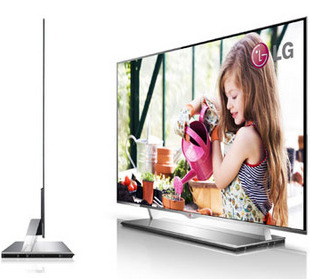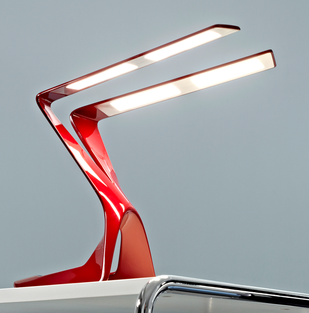
OLEDs – how do they work?
Organic light-emitting diodes (OLEDs) are semiconductors made of layers of thin organic materials only a few nanometers thick, which can potentially be mounted on a variety of flexible substrates such as glass, metal foil or plastic. Substrates on plastic can be flexible, that makes them popular in cellphones since breakage of screens is one of the major failures.
Because OLEDs emit light in a diffuse way to form an area light source, they are a key part of a revolution in the rapidly-growing display market: fulfilling the dream of paper-thin, highlyefficient displays with brilliant colors and amazing design flexibility. Novaled believes that OLEDs represent the future of a vast array of completely new lighting applications. By combining color with shape, OLEDs can create a new ways of decorating and personalizing personal surroundings with light.
The OLEDs are more energy efficient than LCD’s since they make their own light and don’t need backlighting (the LED in LED backlit LCD screens) especially when using more black/dark colours, in case of more whites good quality LCD’s are more energy efficient. An other issue is durability, blue lights in OLED have a less long life as the reds, about 14.000 hours. That might be no problem in a cellphone but might be after 10 years use of a HDTV if it is watched long hours a day.

Comments by our Users
Be the first to write a comment for this item.